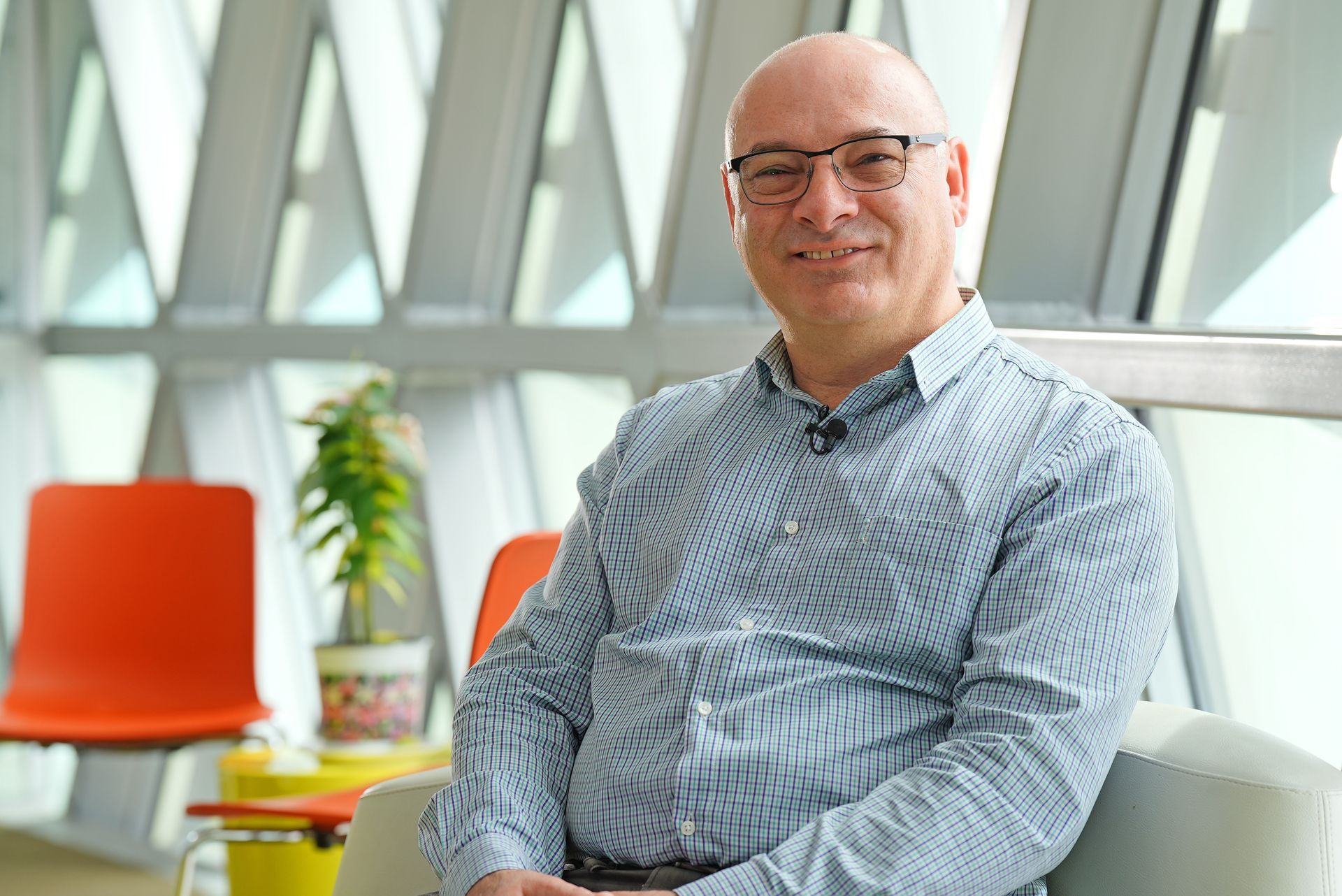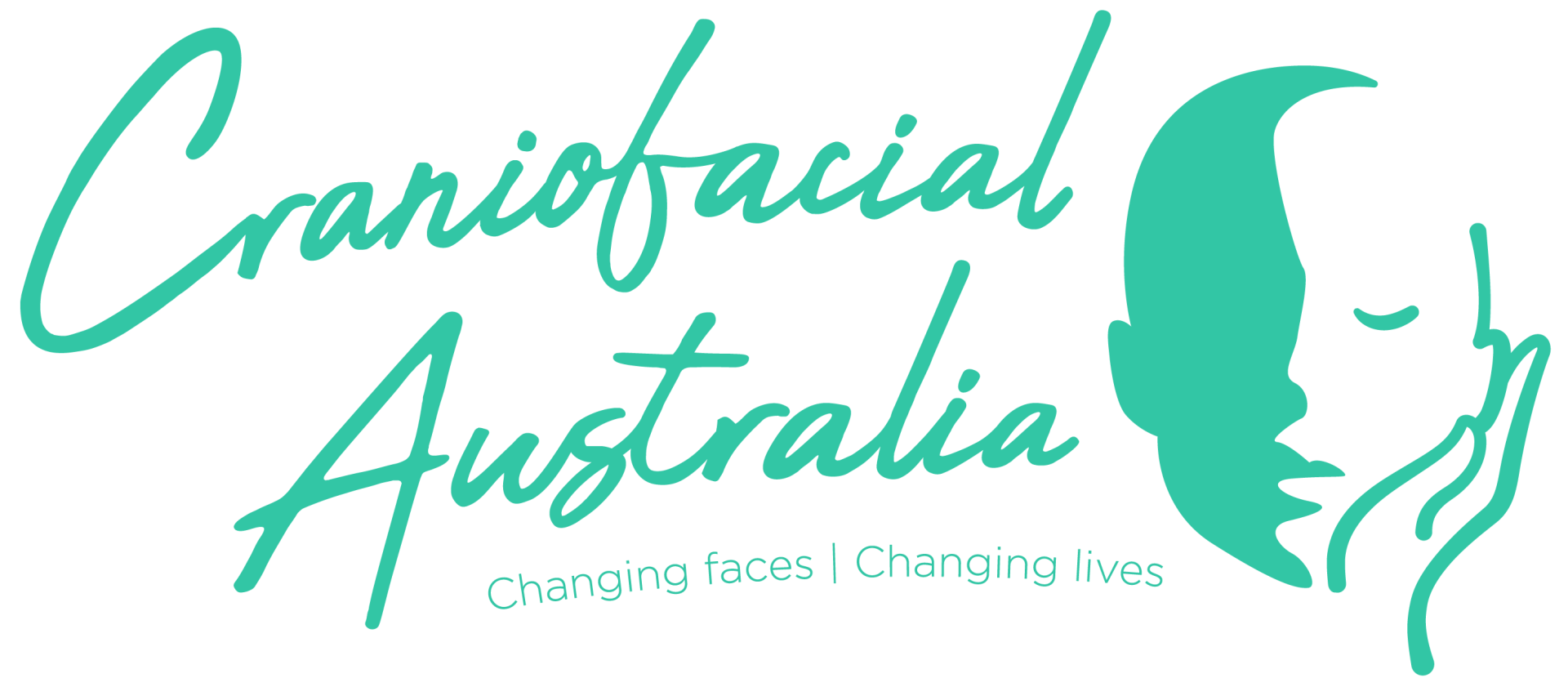PROJECT: Epigenetic Regulation of Craniofacial Bone Regeneration
RESEARCHERS: Prof. Stan Gronthos
LOCATION: The University of Adelaide

"The development of targeted drug therapies that promote bone formation would have a profound impact
on the treatment of craniomaxillofacial defects by minimizing or eliminating the need for major surgery."
Prof. Stan Gronthos
Summary
The management of craniomaxillofacial defects caused by congenital abnormalities, trauma, periodontal disease, or cancer treatment is challenging for oral and maxillofacial surgeons. Conventional treatments for the repair of craniomaxillofacial defects involve a complex process using bone substitutes or autologous bone grafts from secondary sites such as the scapula, ribs, fibula, or iliac crest, which can be associated with morbidity, and varying predictability and efficacy. Our studies have examined the regenerative capacity of resident skeletal stem cells within craniomaxillofacial tissue as a novel regenerative medicine approach to repair bone defects using drug-based therapies.
Project Breakthroughs
There is increasing evidence that drug-mediated manipulation of gene expression patterns can regulate skeletal stem cell growth and cell fate towards bone-forming cells. Our seminal studies have discovered two DNA modifying enzymes highly expressed by human skeletal stem cells, which function as suppressors of bone formation to maintain the stem cell state. The present proposal utilised available chemical inhibitor compounds to reduce the activity of these enzymes, leading to enhanced potential of local cranial skeletal stem cells to form bone. Chemical inhibitors delivered locally to the defect site stimulated an increase in bone repair within large cranial bone defects.
Project Outcomes
The present proposal identified different chemical inhibitor compounds targeting two DNA modifying enzymes which enhanced the bone forming potential of cultured human skeletal stem cells. Chemical inhibitors were delivered locally to critical-sized cranial bone defects in mice inside a degradable fibrin matrix to facilitate bone repair. This work was reported as part of an invited speaker presentation by Prof Gronthos at the American Society of Bone and Mineral Research annual scientific meeting in Toronto, Canada, October 2024.
Impact on the Future
This work is expected to lead towards the development of a novel drug-based therapy to repair and manage craniomaxillofacial defects. Future work will test this therapeutic strategy in pre-clinical large animal bone defect models and eventually human clinical trials.
Address: 204 Melbourne Street
North Adelaide SA 5006
Postal: PO Box 1138, North Adelaide SA 5006
Phone: (08) 8267 4128
Email: info@acmff.org.au
Monday - Friday: 9am - 5pm
Saturday - Sunday: Closed
Sign up for our e-Newsletter
Welcome to the Craniofacial Australia family. We are thrilled to have you join this incredible craniofacial community of ours. At the centre are our families affected by a wide range craniofacial conditions, but an equally important part are our amazing donors, supporters, volunteers, researchers and medical professionals. Thank you for joining our community.
You will now receive our quarterly Newsletter – Changing Faces Changing Lives.
Don't forget to join our community on Facebook and Instagram, where you'll find regular updates on our craniofacial families and all the other happenings at the Foundation.
If you have any questions about our work or want to find out how you can get involved further, please do not hesitate to contact us direct.
Many thanks,
Craniofacial Australia
P: (08) 8267 4128
Please try again later.
Registered Charity: CCP2573 | ABN: 29 008 155 780
All Rights Reserved | Craniofacial Australia
Web Design by Ali P Design





